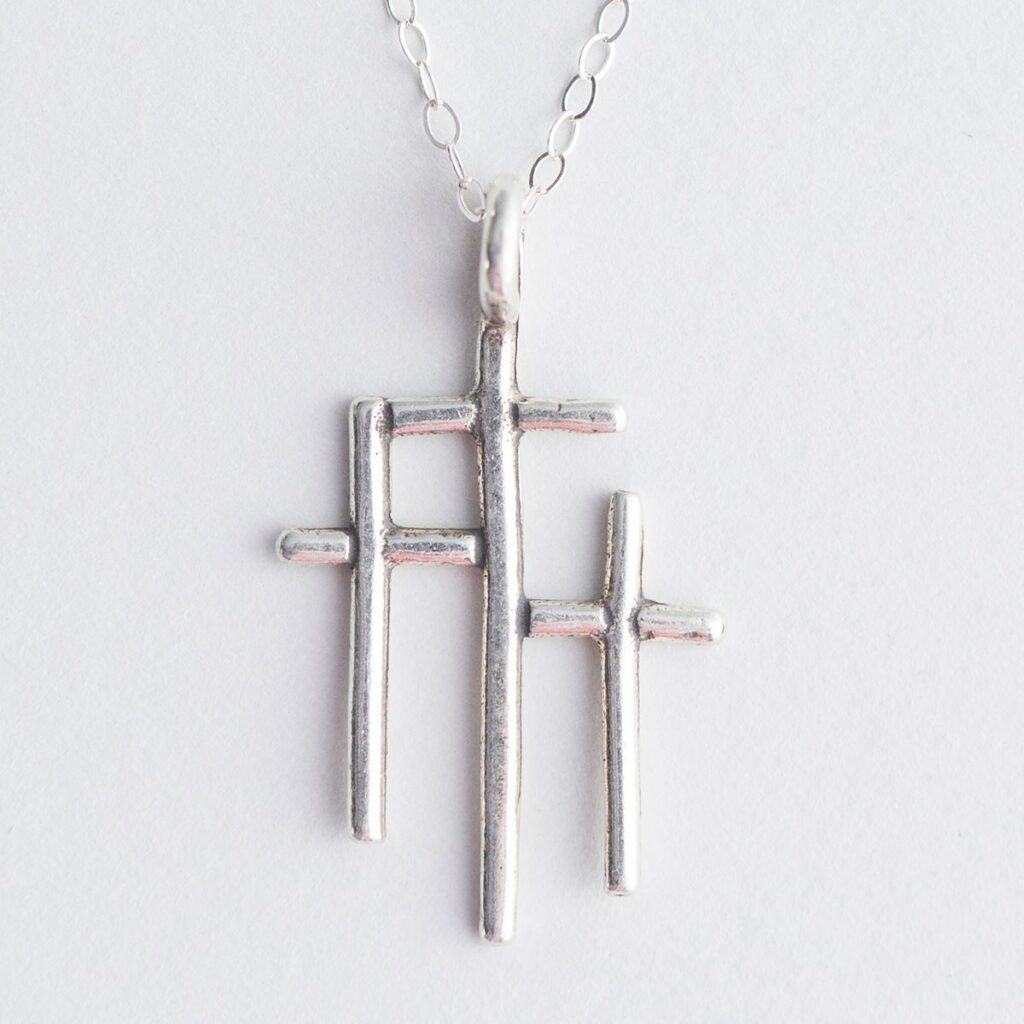The Genuine Significance of Celtic Images in Jewelry Models
Alright, I know the title of this article is somewhat provocative. Having managed inquiries of significance for a really long time as an architect of Celtic jewelry, I express up the accompanying viewpoints on how we may accommodate the old and the new, while not ignoring the historical backdrop of Celtic jewelry images. Nowadays a large number of us appear to be searching for importance in numerous parts of our lives. So it shocks no one that one of the primary inquiries that emerges while considering Celtic jewelry is, What does that specific image/plan mean?

When managing the significance behind Celtic imagery, the most dependable reaction may be, From what time would you like your importance? Gold and silver Celtic jewelry traces all the way back to 2000 B.C., and it is shrewd to recall that implications, assuming there were any, have likely changed over the long run. Any implying that was given Celtic unique mens cross necklace images by their initial makers will probably be unique in relation to those expected by current translators of Celtic plans because of the various settings where they were made. Something that makes Celtic craftsmanship so convincing is that it is a living practice that joins us with our far off past. Endeavoring to return many years or more to observe unique implications are probable outlandish, however more critically, disregards the continuous innovative development of Celtic jewelry plan. This living practice perspective mists the issue of importance on the grounds that as new plans develop, nobody’s keeping an eye out for the authority word to descend on what the images initially implied. A craftsman makes another pendant plan with knotwork looking like a heart, and viola, its image for interminable love.
A researcher may wince that we have taken such freedoms; however should not Celtic image implications given by the present craftsmans be legitimate inside our advanced setting when there’s no genuine proof unexpectedly? In spite of the fact that there is proof that Celtic bunches, twistings and different images were being made in Celtic polytheistic occasions, very little history of these plans is accessible before the start of the Christian impact on Celtic craftsmanship in around 450 A.D. Celtic interweave, or knotwork, has been best archived in seventh century original copies, enlightened represented by priests who were interpreting consecrated messages. The Book of Kells, Lindisfarne Stories of good news and the Book of Durrow are three richly finished texts frequently alluded to as the best instances of high Celtic craftsmanship that moves quite a bit of what we perceive today as Celtic plan. Be that as it may, even these original copies essentially pass on it to the minds of the individuals who came later to figure out what everything implies. Note: The one topic we have found most reliably reported connects with the interconnectedness, all things considered.